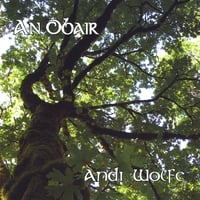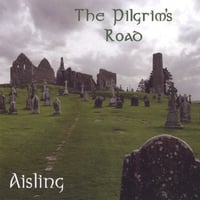
I was fortunate to be able to stay with Elmer and Judy Adams while I was visiting the Big Island Woodturners. They have a comfortable guest cottage attached to Elmer's workshop area. I'll post some pictures of the cottage in the next posting or two.

Elmer showed me what he had on the lathe at the moment. This is the start of a Chapter Collaboration for the AAW symposium.

I was surprised that this boring bar system didn't have a captured bar, but Elmer says this system works beautifully. He showed me how easy it is to use.

It's a pretty large boring bar, but with the large hollow forms he does, it's necessary to have that kind of support.

Yep, those are some mighty big boring bars. I'll post a picture of some of Elmer's hollow forms soon - they are mighty big vessels!

Here's the business end of the boring bar. Elmer uses a modified grind that is shaped like the end of a small gouge.

Big vessels need big calipers and big steady rests. One would think that Elmer lived in Texas by the size of all of his turning equipment.











No comments:
Post a Comment